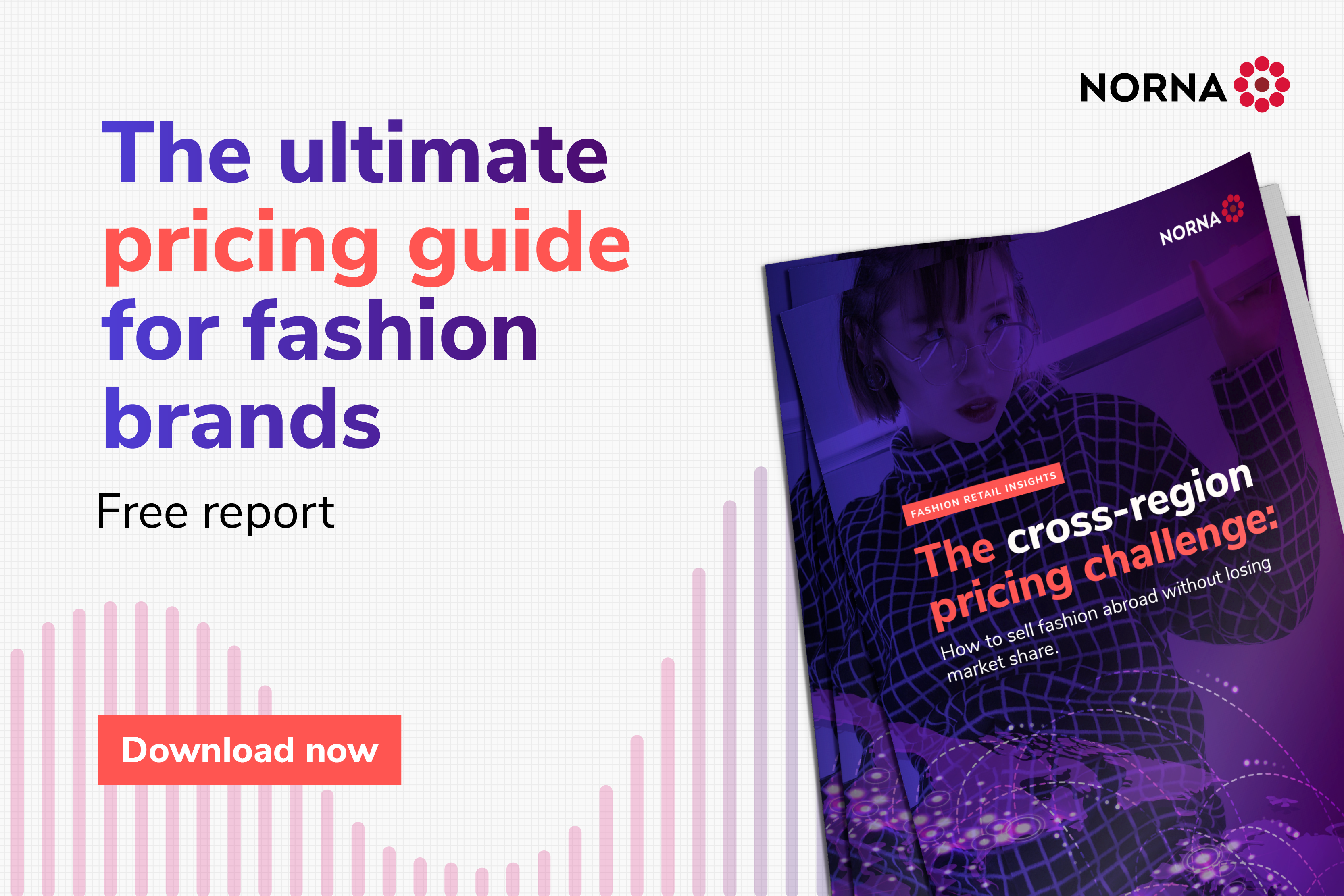
COVID-19 Accelerating Fashion Industry Digital Transformation
The COVID-19 pandemic has left scars on multiple sectors, including the fashion industry. It has heavily impacted on the shopping patterns, consumer behavior, manufacturing, the supply chain and more. Even as several countries across the globe relax the stringent COVID-19 rules, the damage of coronavirus is visible. The industry has been hit hard by the pandemic with an expected drop in revenue this year. Consumers are changing trends, and we are also seeing new digital approaches like prototyping methods. We have also seen online shopping coincidentally surging during this pandemic period, and we expect the trend to continue post-pandemic. Let us take a peek at how Covid-19 is accelerating the fashion industry’s digital transformation.
Changes Expected in the Fashion Industry due to Covid-19
Now, the Covid-19 pandemic is expected to trigger long term shifts in customer behaviors and preferences. Whether these changes have started to manifest or are in the pipeline, they are no doubt inevitable. So, which changes should we expect to see in the fashion industry following the coronavirus pandemic? Let us delve in deeper and look at some of them.
1. Channel Shift will Accelerate
It is projected that digital commerce could shoot from 35% to 55% in key markets, including the fashion industry. This means that sales will primarily shift to digital channels and social media platforms. Mobile devices are now popular among consumers; thus, most online shopping will be via mobile devices. To grab a substantial share of consumers, businesses will have to bolster their online presence. With digital purchases expected to stretch, the pre-existing channels might get overwhelmed. To avert such scenarios, fashion brands should customize their digital channels to meet rising digital demand. The online shopping interface should be fine-tuned to make it seamless and accommodative to several devices, especially mobile.
2. Less shopping and selective consumers
Consumer priorities are also changing. They will become choosier and will focus on goods that bring them more value. Although choices of goods will shift, expect a decline in the total spending. People are cautious due to the uncertainty surrounding the impact of the pandemic on the economy. Therefore, people will try to spend less and save money for uncertain times. As preferences shift, it is expected that midrange brands will be affected the most. A lion’s share of consumers will either decide lower-priced goods or premium brands.
3. The Role of Retail Stores Might Change
Now that shopping will shift to digital channels, the traditional role of retail stores will inevitably change. Some will be modelled to provide customized goods for a particular area or just harbor goods to meet online demand. These physical locations will most likely become smaller and some will even be converted to hubs for community activities.
How the Fashion Industry Should React
Let us now take a look at some of the ways the fashion industry can digitally respond to the impact of the pandemic.
1. Leverage Analytics and AI
The role of AI in an expanding online market is gaining traction around the world. Advanced analytics integrated with artificial intelligence will form a crucial framework for the revolution of the fashion industry. Although many brands have taken the snail pace approach in adopting this technology, its advantages would be massive in the coming decade and beyond. Analytics and AI thrive well with a pool of data. Companies boosting volumes of customer data will reap big from AI. One quick case study is Zara which has tapped into the big data trend to stay ahead of the competition. The brand uses data from POS terminals, PDAs, surveys, RFID tags and many more. The data is then processed by analysts who can map out consumer behavior. The results are tailored products that rarely go on sale!
Well, smart businesses in the industry will leverage tools to transform every data point into proper decision-making tools. Whether it is planning, buying, inventory management, or promotions, AI, and analytics will give these businesses an edge over the competition.
2. Reconfigure Distribution footprints
Since most departmental stores would likely shut, reduce in size, or get a different role, brands should brainstorm on how to cover for that. There are not many better solutions than to tap on increasing online customer traffic. Established companies like Amazon and Alibaba have immensely benefited from the pandemic keeping in mind that their online structure is well set. We have also seen this with brands like Zara, Inditex, Monsoon Accessorize, Quiz and many others who have reevaluated their models owing to the disruption. Smaller brands should also try to restructure their business model to adapt. It is the best time to invest on the tech stack that will fine-tune the sales funnel. For example, you could polish your website to meet customer demands and give them a better shopping experience. It is also time to cut costs and improve your efficiency by shutting down those under-performing stores. If possible, set aside major stores to meet online brand demands. Without resetting your footprint, you risk rubber-stamping the genesis of your business collapse!
3. Invest in the right talent
We can’t reiterate this enough. Data analytics and AI will be crucial with the digital transformation, but you can’t reap the benefits without the right talent. Brands will have to find the top talent who are experts or good in this niche. You will need to only invest in tech experts like data scientists, analysts and the likes. The prevailing conditions may mean lots of layoffs, but retaining the right talent is core in the digitally transforming market especially if your business is focused on expanding technical or e-commerce operations.
Wrap up
The COVID-19 pandemic has no doubt forced the players in the fashion industry to rethink. The acceleration to the digital paradigm is gaining traction, and only the businesses that adapt will get a tight grip on the market!



